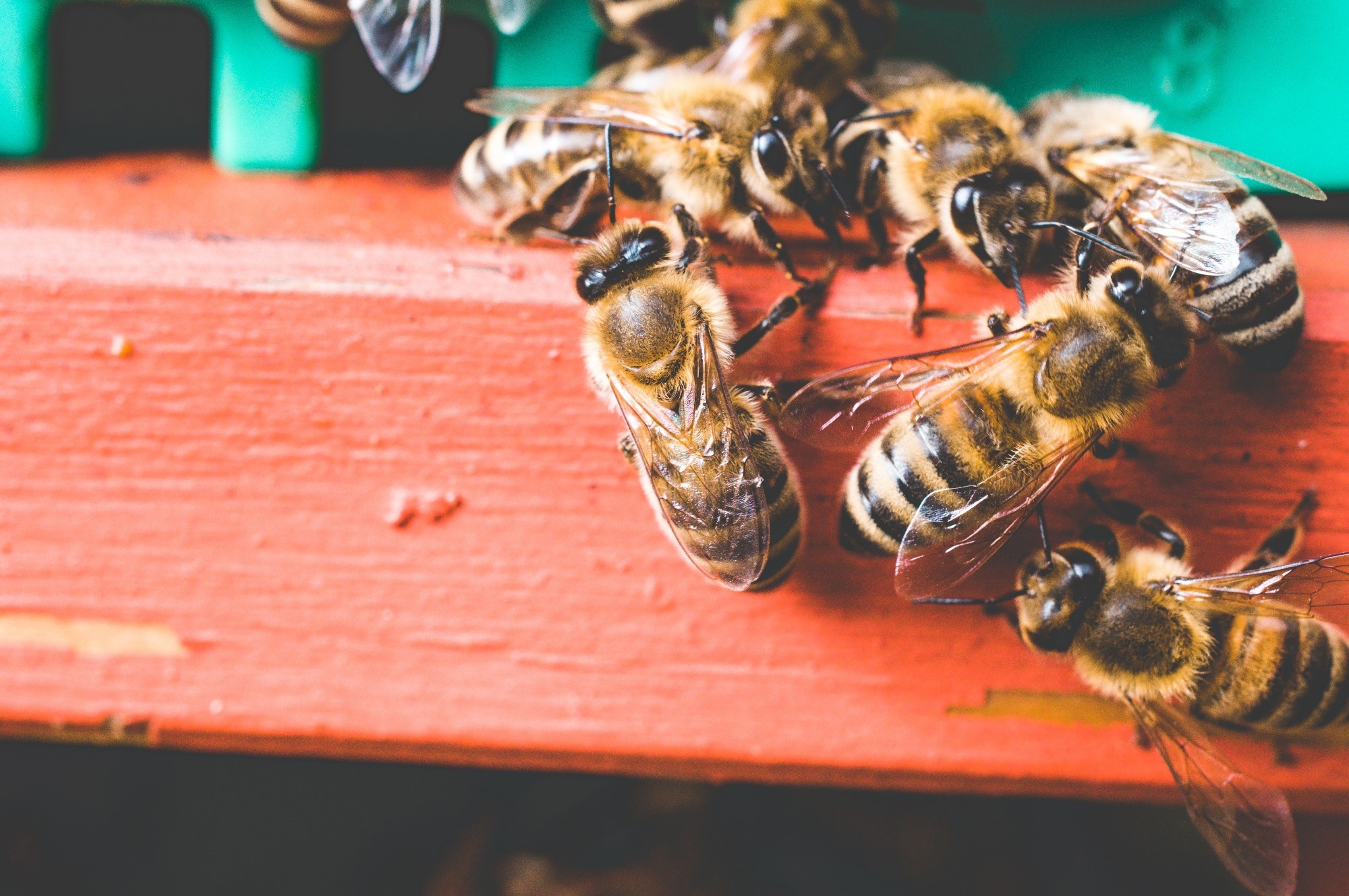zoloft made in india

In a recent study published in Scientific Reports, researchers evaluated the antibacterial and cytotoxic effects of chitosan (CS) nanoparticles (NPs) loaded with bee venom (BV).
 Study: Bee venom as an alternative for antibiotics against Staphylococcus aureus infections. Image Credit: Datenshutz-Stockfoto / Shutterstock.com
Study: Bee venom as an alternative for antibiotics against Staphylococcus aureus infections. Image Credit: Datenshutz-Stockfoto / Shutterstock.com
Exploring alternatives to antibiotics
Antibiotics may cause genetic changes in bacteria, leading to resistance against these compounds. In fact, every year, over 1.27 million deaths are attributed to antibiotic-resistant bacteria.
Staphylococcus aureus can cause skin abscesses, pneumonia, clonazepam short term as well as joint and bloodstream infections, whereas its antibiotic-resistant strains are capable of causing even more severe outcomes. Thus, exploring alternatives to antibiotics, such as essential oils, natural products, and venoms, is imperative.
BV is a colorless, odorless, bitter, acidic liquid containing several active molecules. BV has anti-inflammatory and antimicrobial properties and is used for many diseases ranging from cancer and rheumatoid arthritis to Alzheimer's.
Nevertheless, the therapeutic potential of BV is limited by a specific dosage that, when exceeded, results in cytotoxicity. However, certain methods can be used to reduce or eliminate cytotoxicity associated with BV, such as gamma irradiation and NPs.
About the study
The present study examined the cytotoxic and antibacterial effects of native BV, BV-loaded CS-NPs, gamma-irradiated BV, and CS-NPs. BV from Apis melifera was obtained, half of which was irradiated at 0.7 kiloGray per hour (KGy/hr). The ionic gelation method was used to prepare CS-NPs and BV-loaded CS-NPs.
Fourier-transform infrared (FTIR) spectroscopy examined differences in functional groups between free BV, CS-NPs, irradiated BV, and BV-loaded CS-NPs. Transmission electron microscopy (TEM) was used to determine the particle size and morphology of NPs. Bradford protein assay was performed to assess encapsulation efficiency.
Photon correlation spectroscopy was performed to analyze the particle size and size distribution of NPs. The in vitro release rate of BV-loaded CS-NPs was also determined. The antibacterial effect against S. aureus was evaluated by the disc diffusion method.
The in vivo experiment involved mice being infected with bacteria through intraperitoneal administration, followed by treatment after three hours at a dose of 9.02 μg/g mouse weight.
Mice were categorized into 11 groups under different experimental conditions. These included non-infected animals receiving phosphate-buffered saline (PBS) as the negative control, native BV, irradiated BV, CS-NPs, or BV-loaded CS-NPs. Infected mice groups included no treatment and those treated with native BV, irradiated BV, CS-NPs, BV-loaded CS-NPs, or sulbacef, a commercial antibiotic.
Mice were euthanized after one week. Blood/serum specimens were collected for hematological and biochemical analyses. Additionally, liver, thymus, spleen, and kidney sections were obtained for hematoxylin and eosin staining and examination under a light microscope.
Study findings
BV exhibited typical peaks on the FTIR, which is characteristic of natural venom, with significant peaks at 3,400 cm-1 and 2,940 cm-1. Irradiated BV had similar peaks but with some alterations and at a lower intensity.
CS-NP spectrum was characterized by bands at 3,500-3,300 cm-1, 1,633 cm-1, and 1,150 cm-1. BV-loaded CS-NPs produced a sharp distinctive band at 1,642 cm-1.
The mean size of BV-loaded CS-NPs and CS-NPs was 175.85 nanometers (nm) and 24.03 nm, respectively. The zeta potential of BV-loaded CS-NPs decreased; however, the polydispersity index increased relative to CS-NPs. The encapsulation efficiency of BV-loaded CS-NPs was 96.44% at an optimal concentration of 2 mg/ml of CS and 550 μg/ml of BV.
The release of BV from BV-loaded CS-NPs increased until 30 hours and subsequently decreased after that. Treating infected mice with free or irradiated BV decreased leukocytes and increased platelets, whereas antibiotic treatment of infected mice increased platelets. All treatment groups increased urea, creatinine, aspartate transferase, and alanine transaminase levels relative to the control.
The rise in these parameters was similar between BV-loaded CS-NP and antibiotic treatments. Infected mice treated with native/irradiated BV or CS-NPs had elevated levels of interleukin-6 (IL-6), whereas treatment with BV-loaded CS-NPs reduced IL-6 levels. Infected mice exhibited varying levels of kidney damage, with CS-NP-treated animals exhibiting the highest damage.
Spleen sections of non-treated infected mice had congested blood sinusoids, excess giant cells, and scattered apoptotic cells. The congestion decreased upon treatment with irradiated BV or CS-NPs and disappeared with native BV, antibiotic, or BV-loaded CS-NP treatments.
Conclusions
BV-loaded CS-NPs exhibited superior antibacterial activity compared to native or irradiated BV without eliciting an inflammatory or cytotoxic response. These findings suggest that BV-loaded CS-NPs could be a potential therapeutic candidate and viable alternative to antibiotics.
- Sameh, A., Gouda, A. A., Elmligy, E., et al. (2023). Bee venom as an alternative for antibiotics against Staphylococcus aureus infections. Scientific Reports. doi:10.1038/s41598-023-33536-x
Posted in: Medical Science News | Life Sciences News | Medical Research News | Disease/Infection News | Pharmaceutical News
Tags: Alanine, Antibiotic, Anti-Inflammatory, Arthritis, Assay, Bacteria, Bee, Blood, Cancer, Chitosan, Creatinine, Cytotoxicity, Electron, Electron Microscopy, Genetic, in vitro, in vivo, Interleukin, Interleukin-6, Kidney, Liver, Microscope, Microscopy, Morphology, Nanoparticles, Particle Size, Platelets, Pneumonia, Protein, Rheumatoid Arthritis, Skin, Spectroscopy, Spleen, Staphylococcus aureus, Thymus, Venom

Written by
Tarun Sai Lomte
Tarun is a writer based in Hyderabad, India. He has a Master’s degree in Biotechnology from the University of Hyderabad and is enthusiastic about scientific research. He enjoys reading research papers and literature reviews and is passionate about writing.
Source: Read Full Article